As a child what were your early influences towards cinema? Art, literature, graphics, photography?
I’ve been brought up in a typical Middle Working class family in Faridabad. My Father was the Branch Manager in an PSU Insurance firm and my mother was a home maker. My mother found my ablilty to catch on to songs from the television and Radio almost perfectly as a toddler, and insisted that I get formal training in Music. I started learning Indian classical Music at the age of 6 years and continued my training for 10 years and cleared various levels of “graduations” as prescribed in the “Gandharva” university of Music and I was through with my “Masters level” in Music even before I could reach 10th Standard. My early influences were all related to music and as far as I could remember I grew up listening to a lot of Ghulam Ali, Bade Ghulam Ali Sa’ab, Jagjit Singh, Mehndi Hasan, Beghum Akhtar, Panjak Udhas, Master Madan and others. My Film music favorites while growing up were mostly singers since I used to sing their songs at events and competitions. These include names like Manna Dey, Rafi Saab, Kishore Kumar and SD Burman. As I grew slightly older I could understand lyrical finesse of some songs and that is when I was heavily influenced by the Genius of Gulzar Saab. Films like “Masoom” left a deep impact on me as a child and thus began my journey from loving music to enjoying these “off beat” films! Gulzar saab’s film, “Maachis” made me look at the cinematic medium as something that I wanted to be a part of. Something that could affect society at a grand level and thus began my journey towards finding my way.
How did you first become interested in audiography? most people don’t know about this field of cinema?
I took a hiatus from learning music as Board exams approached and then my engineering entrances took over. However, as soon as I entered my Engineering college in Kurukshetra University, Haryana, Music came back to me! I ended up in a band and from there my journey towards recording our samples and scratch tracks started. Mind you, this was the pre internet era so everything was hit and trial and I had a feeling i was good at the “computer” part of the process. I wanted to know more about mastering this skill and that is when I made my mind to apply for the Sound course at FTII, Pune. I came pursuing music at the institute and graduated as a sound designer!
What steps did you take to train yourself?
After getting through the FTII entrance process, I realized the importance of the place and I wanted to learn everything I could. I was like Alice in wonderland! I tried to learn about all the crafts i could during the 1st year of our integrated course. I attended all classes religiously and went to most of the screenings. I tried my best to orient my self towards the art of film making before moving on to my specialization in second year of the course. As I moved towards my specialization in my second year, I saw myself moving towards Sound for cinema instead of pursuing music recording and mixing. We were the first batch to mix our diploma films in Dolby 5.1 in the new Mixing theater at that time. So as a prep to the process of mixing a film in 5.1 surround sound, I read a lot about it, saw training videos, met a lot of distinguished sound editors, mix engineers in Mumbai and while doing so, I was in awe of what one could achieve in this immersive format of Sound. I made up my mind that I wanted to be a Sound Designer during the prep of my Diploma film, “Narmeen” and as I went through the process of designing the film, I was certain that this is what I wanted to do for a long time to come.
Have you assisted anyone? How does it help one?
I did. I was an apprentice/intern on an Italian TV series being shot in India called “La mia India”, in the Sync Sound Department. Our distinguished alumni, “Vinod Subramaniam (CAS, AMPS) asked me if I would be interested in being on set and help as much as I could, and I jumped on to the offer. It was a few weeks of intense filming all around Mumbai, all live locations and I absolutely loved every moment being on that set, trying to learn as much as I could about the craft of location sound recording. This opportunity helped me become technically of course, but it also reassured me that this job commands respect on a film set and I probably could get jobs faster than I had assumed after graduating from the Institute. It was a huge morale booster and I can not thank Vinod enough for this opportunity.
How did your first film project come about? Tell us something about the experience.
My first film project as a part of the Sync sound team was a film – “Rock on” with Vinod Subramaniam as the Production sound mixer. This time though, the learning process was internal as I had to be a second boom operator and a Utility sound Technician on set. I was the third member of a 3 member sound crew and Vinod was entering the market with a state of the art, Sync sound setup which he had built himself from the scratch. It was all latest technology, things that I hadn’t seen before in my life, with almost no prep time and the pressures of a multi starrer, big cast film. I was jittery to begin with and I think I got better as time progressed on that shoot! Vinod was professional yet patient with me. As we were finishing the principal photography, I happened to meet Baylon Fonseca, who was Sound designing the film. He offered me to be a part of the post production team as a Sound effects editor and that’s how I got my first job in Sound post production! Baylon supervised my elementary sound effects editing skills and was really patient with me since I was starting up in post production. He taught me skills of the trade and also skills to get by in the city. I couldn’t have asked for a better start.
My first “Independent” gig, as a “Sync Sound Engineer” came to me through one of our most distinguished alumni, a prolific sound designer and a great person, Mr. Dileep Subramaniam. I had met him over coffee during the days of meeting seniors and sharing our work with them for an opportunity to assist. He was extremely warm during that meeting and insisted that us recent graduates should not be assisting, but rather be working as Sound engineers on film sets.
A few months down the line he offered me to fill in for him for a feature film shoot for 10 days, in Dadar, all night shoots. The film was then called “Awasthi” but was later renamed to “Happi” and was directed by Bhavna Talwar. He was using the Fostex PD-6 recorder, which was what I had used during the internship with Vinod. I took on the opportunity, learnt as much as I could about that recorder, memorized the Manual verbatim, said a prayer and landed up on set to take over from him. That’s how my journey as an independent Sound Engineer began. I must also mention that our senior, Cherag Cama was instrumental in setting up that meet with Dileep sir and I’m extremely grateful to him for being this really warm, sweet and extremely talented alumni and now a friend of course.
All the stories that we heard about how our FTII seniors would take care of us when we reach Mumbai, are more or less true! In my case, for sure.
How do you decide on the sound design of a film, apart from what comes naturally from the script? What are your inspirations?
I have a Three step process basically that makes my sound design.
Step one – As soon as i finish my first read of the script, I absorb it, think over it and then read it again, while writing my sound transitions on the script it self. It is the most natural and intuitive sound design process for me since there is no visual reference to colour my aural response. Its nascent and organic. Its my response to a script, Sound wise.
Step two – I prefer Sync sound recording my films, myself. I personally believe a lot of great ideas for sound design come from while being on set. You also get to spend a lot more time with your director, understanding his expectations about how the film and or certain scenes should sound. Also being on live locations makes you understand the geography of spaces and elements to add in your design, which you would otherwise miss.
Step three – The actual process of sitting in the studio, working with sound editors, foley engineers, directors, producers, mix engineers and trying to reach a design that suits us all.
My inspiration for an ideal sound design has a lot to do with the Dialog. I firmly believe that the most important element in any stellar sounding film is impressive dialog quality and I strive to achieve it. Dialog is the most important part of the story telling process and I ensure that it gets my most attention while working on a film.
Is Sound Design intuitive or is it something you learn?
It is my firm belief that Film making is essential a craft. And hence it is something that can be learnt and mastered. Having said that, I also believe that the orientation towards a certain craft is intuitive and usually has a history of being attached to something similar as a child or while growing up. At least in my case this holds true.
What is your genre? (What genre do you enjoy most)
In feature films, I love working on Drama films. My last film, 83 was a Sports film, but was essentially a drama film at the core of it.
What part does risk-taking play in your work, if any?
I’m yet to take any “risks” as such so I wouldn’t know any better.
Film technology is continuously changing. Do you think it affects you as an audiographer, in the way you want to tell stories.
Technology is changing as I type this and its changing across all sectors. Change is the only constant and the earlier one accepts this change, the more time that person will get to adapt to it. Sound design for cinema is no different. We are moving towards more immersive formats in theaters and at the same time delivering content for home viewing in high definition. Our time lines are getting tighter and deliverables increasing in number. There is no option but to adapt to these environments. Being in touch with technology part of the process, helps me in achieving these targets yet keeping the story telling as organic as possible. Technology could you your best friend, or your worst enemy. It is for you to decide what your relationship would be and work towards it.
Your favorite films or audiographers? At least two of them?
My favorite films in Indian cinema –
1. Aankho Dekhi.
2. Gupi Gayen Bagha Bayen.
International Cinema –
1. Finding Nemo.
2. Apocalypse now.
Audiographers:
Walter Murch, Randy Thom, Craig Berkey, Christopher Boyes, Dileep Subramaniam, Biswadeep Chatterjee.
What helps a film more, the story or marketing?
The story for sure. You could market a film as much as you could, but if the story doesn’t work, the film won’t.
Any hurdles you have encountered in your journey. Things that are blocks in a achieving your vision while making your film.
The biggest hurdle that most of us sound designers face is inappropriate budgeting for projects. Passion could take you far but then, it takes money to get people on board to work their magic. Things are changing for better, but there is still a long way to go.
Do you often get all that is in your wish list or is it a hard bargain every time?
Monetarily – Its a hard bargain most of the times. Creatively – I usually get my way, by hook or crook 😉
Your favourite recorder?
I am diggin’ my recently purchased Sound Devices – Scorpio recorder and my all digital Lectrosonics Wireless setup.
What is in the kitty now?
I am working on Two films – ‘Good luck Jerry’ and ‘An Action Hero’ and one web series – ‘Breathe Season 3’.
Any advice to the inspiring audiographers?
Keep the faith and hustle hard!
Any memorable blunders?
Not getting my personal setup earlier and relying on rental equipment for so long. But as the old adage goes, better late than never.
Your dream project?
I do not have a dream project but I do have a dream assignment. I’d love to get a scholarship where i can be a part of a Hollywood studio production in the USA. Be on set while they’re filming and also be around for the entire sound post production. I’d love to experience their process and learn how exactly they make their films sound so good.

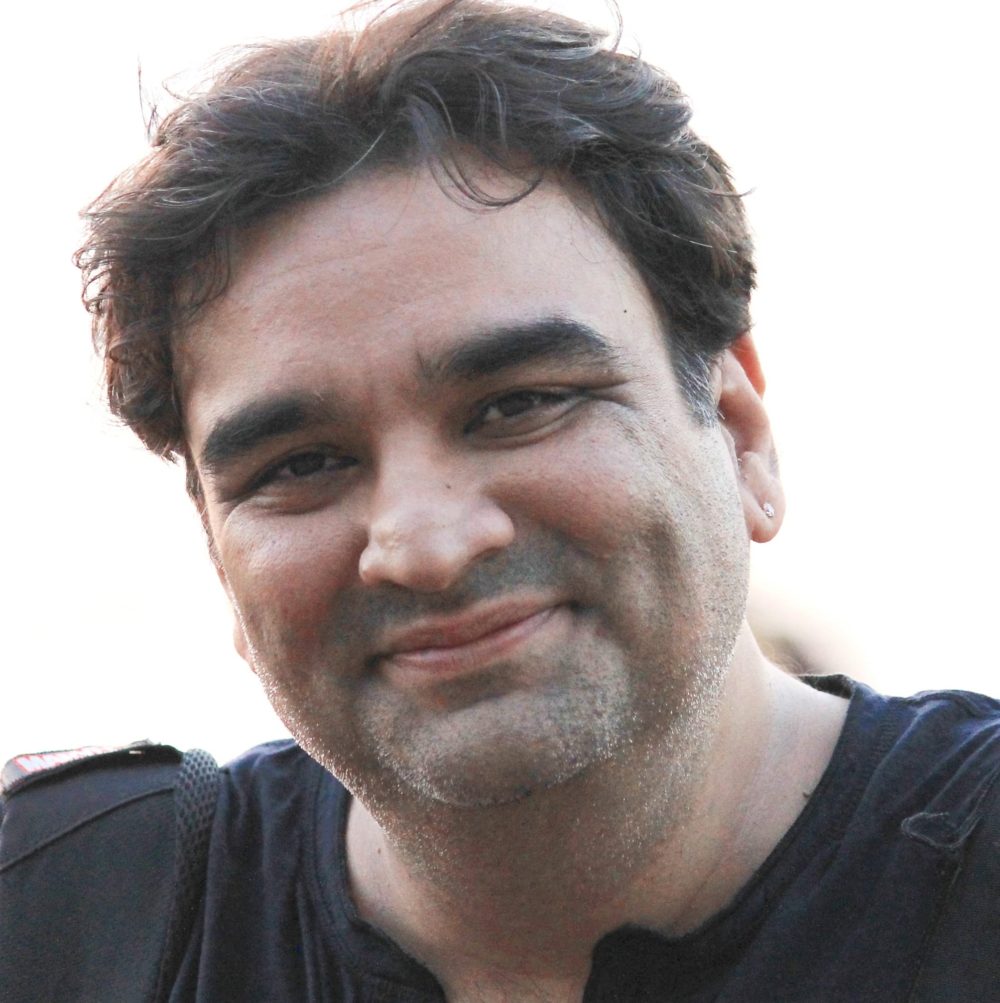
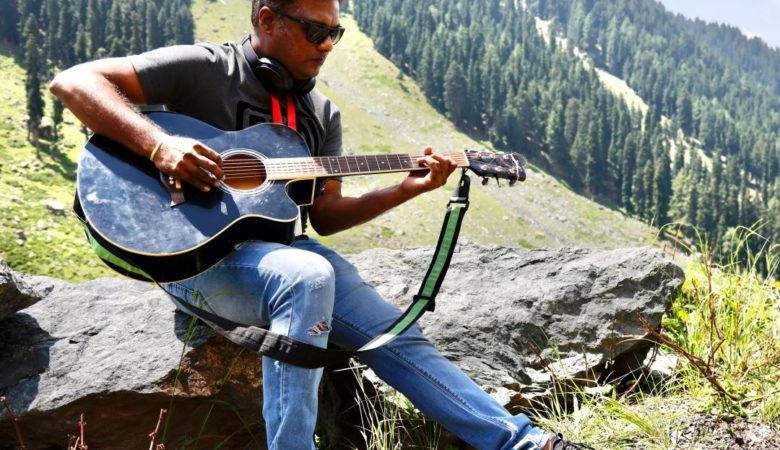
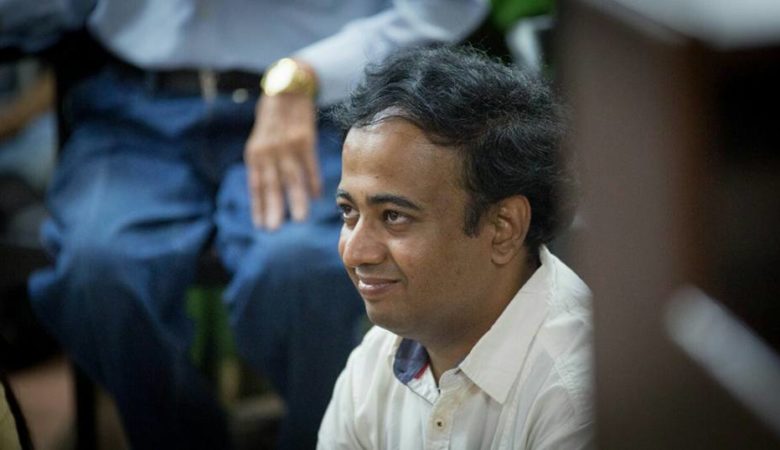
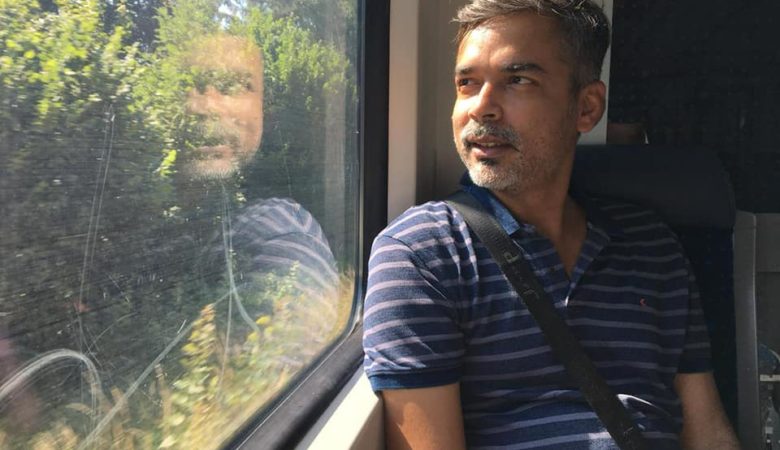
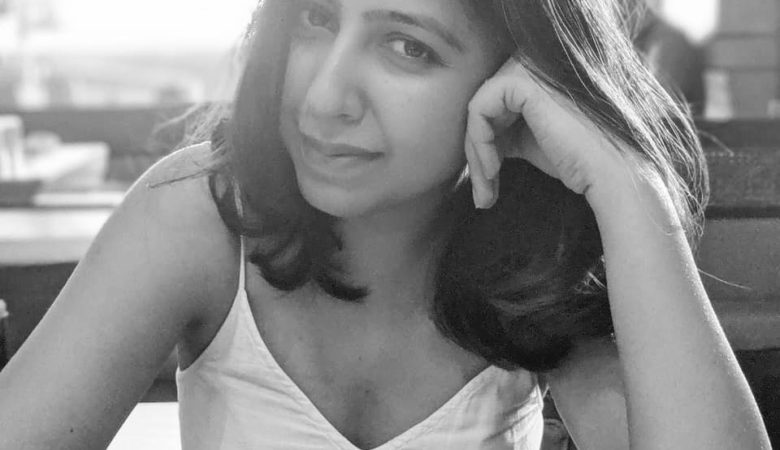

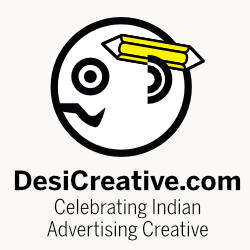
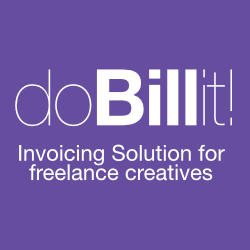
Leave a Reply